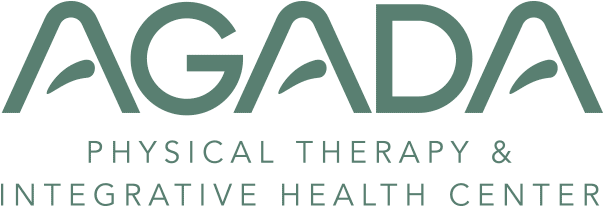Poking into a structure that has been hurting may not make intuitive sense for pain relief. However, there appears to be value in having small filament needles inserted into an irritated structure.
The History of Needling for Medicine
Needling has been going on for millennia as more of an Eastern medicinal practice. Acupuncture as a practice may date back almost 8,000 years, though more certainly there is evidence of the practice appearing around 2,300 years ago. It was in those ancient texts that we can find information about meridians and the flow of Qi (chi), as well as how ancient Chinese people used acupuncture to resolve a variety of medical concerns.
Dry needling originated from studies based upon the principle of injecting very irritable muscles in the body with a small needle and some form of pain relieving substance. Then, it evolved as practitioners realized that they were seeing positive outcomes from the needle pokes alone without any injected substance. Thus, here we are currently with a more Western Medicine practice of using a small filament needle to address a muscle or fascia tissue that has become tender and painful (sometimes referred to as a trigger point).
The most frequently asked question that remains is: what is the difference between dry needling and acupuncture? The answer to that question is tricky due to the fact that both involve using the same or at least similar needles and the needles are poked into the skin to treat a given pathology. However, acupuncture is a treatment designed to affect the “energy” and Qi while working through meridians, while dry needling is a treatment designed to affect a specific muscle and the surrounding fascia and nerve tissue.
Research to Support Dry Needling
In comparison to other forms of therapies, dry needling itself is a relatively new treatment option. With any new treatment option the research is new and growing. However, at this point we are starting to see more randomized controlled trials and other studies about the effects of dry needling in rehabilitation. We have at this point research for the following conditions and anecdotes for treating a host of others;
Knee pain
Hip pain
Tendinopathy
Headaches
Neck pain
Shoulder pain
Low back pain and Sciatica
Plantar Fasciitis
Tennis Elbow
Myofascial Pain Syndrome
Fibromyalgia
Does it Hurt?
Between 60% and 70% of individuals will experience temporary pain during the actual treatment session. It is also not uncommon to experience soreness following the treatment. Not everyone does, but you may feel that for 24-48 hours you have soreness at the site of the needling. Icing and gentle massage to the area can help with the soreness. However, remember that this procedure is done to help reduce pain related to musculoskeletal problems, so any temporary soreness should not interfere with the benefits of having needling performed.
Making the Benefits Last
Dry needling itself should not be the only thing you do to help your painful condition. You should be performing exercises including stretching that have been prescribed by your physical therapist. The needling is intended to help you have less pain and move better.
Call now to schedule! 952-303-4550 Or book online at www.agadapt.com
White, A., & Ernst, E. (2004). A brief history of acupuncture. Rheumatology, 43(5), 662-663.
He, C., & Ma, H. (2017). Effectiveness of trigger point dry needling for plantar heel pain: a meta-analysis of seven randomized controlled trials. Journal of Pain Research, 10, 1933.
Dunning, J., Butts, R., Mourad, F., Young, I., Flannagan, S., & Perreault, T. (2014). Dry needling: a literature review with implications for clinical practice guidelines. Physical Therapy Reviews, 19(4), 252-265.
Gattie, E., Cleland, J. A., & Snodgrass, S. (2017). The effectiveness of trigger point dry needling for musculoskeletal conditions by physical therapists: a systematic review and meta-analysis. Journal of Orthopaedic & Sports Physical Therapy, 47(3), 133-149.

